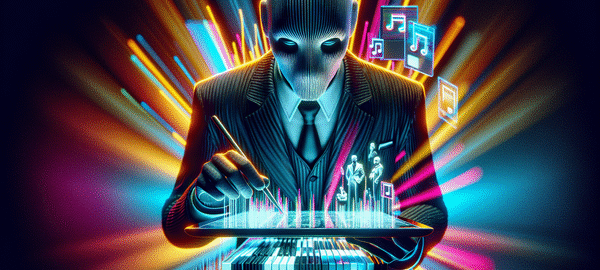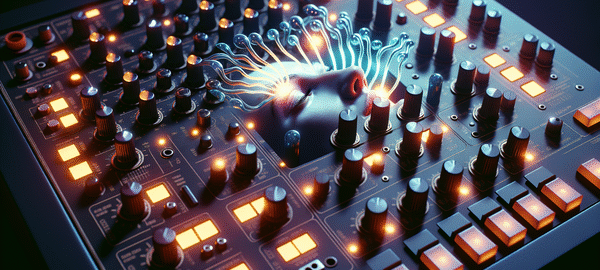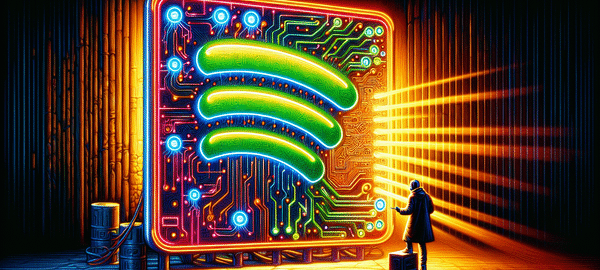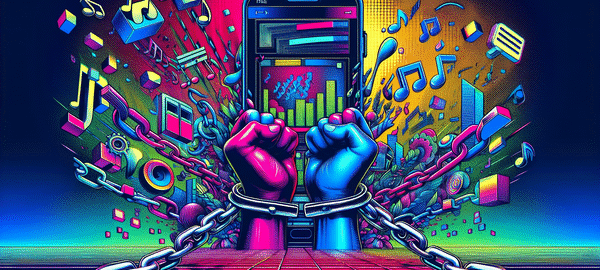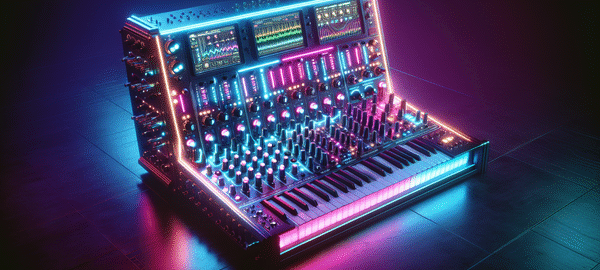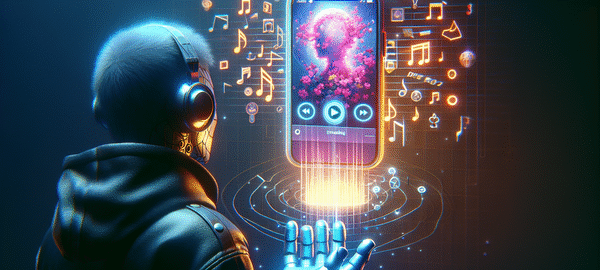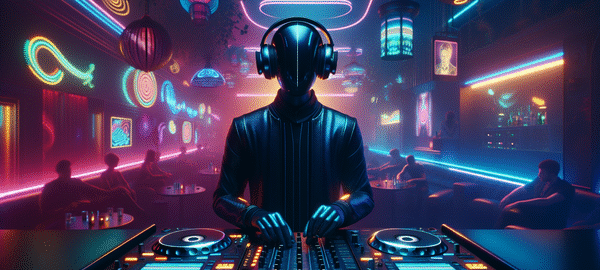Spotify’s Daniel Ek steps aside, paving way for groundbreaking dual-CEO future. A seismic shift is happening at the world’s largest music streaming platform. As I recently covered in my analysis of Spotify’s revolutionary AI policies, the company continues to push boundaries. Now, this latest leadership transformation promises to reshape how we experience music streaming forever. As a performer who’s witnessed countless tech evolutions in music, this reminds me of my first encounter with streaming platforms back in France. I remember being amazed at how a simple playlist could connect my opera performances with electronic dance tracks – much like how this new dual leadership might bridge Spotify’s technical and creative aspirations. Spotify’s Bold New Direction: A Leadership RevolutionIn a groundbreaking announcement, Spotify CEO Daniel Ek is transitioning to executive chairman by January 2026. The streaming giant is embracing a unique co-CEO model, with Gustav Söderström and Alex Norström taking the helm. As chief product and technology officer and chief business officer respectively, they bring complementary expertise to guide Spotify’s future.This strategic move reflects Spotify’s evolution beyond simple music streaming. Both new CEOs will report to Ek while serving on the board, ensuring continuity while injecting fresh perspectives. Söderström’s tech background and Norström’s business acumen create a powerful combination poised to tackle streaming’s next frontier.The timing couldn’t be more significant for the Spotify CEO transition. With the platform expanding into AI-powered features and creator tools, this dual leadership model could accelerate innovation. The move also signals Spotify’s commitment to balancing technological advancement with sustainable business growth. Shape Tomorrow’s Music ExperienceThis leadership evolution at Spotify represents more than just a changing of the guard – it’s an invitation to reimagine music’s digital future. Whether you’re an artist, developer, or passionate listener, these changes will impact how we create and consume music. What features would you like to see the new leadership prioritize? Share your thoughts and let’s explore this exciting new chapter together. Quick FAQ GuideWhen does Daniel Ek step down as Spotify CEO?Daniel Ek transitions to executive chairman on January 1, 2026, with Gustav Söderström and Alex Norström becoming co-CEOs.Who are Spotify’s new CEOs?Gustav Söderström (chief product and technology officer) and Alex Norström (chief business officer) will serve as co-CEOs, both reporting to Ek.What changes can users expect from this transition?The dual CEO model suggests enhanced focus on both technological innovation and business growth, potentially leading to new features and improved user experiences.


